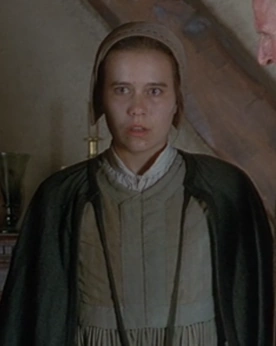When first reading through Arthur Miller’s “The Crucible” I thought that there was no way that someone could be as evil as Abigail, as clueless as Mary, or as interesting as John Proctor but after analyzing this play, I’ve realized that the archetypes of people that I saw in “The Crucible” were really not that different to celebrities, politicians, and your average human being.
Throughout the novel, John Proctor is a character that I thought was very interesting and not anything like a normal archetypal hero because of the decisions he made throughout the play such as his crimes, death, and the way he acted in court. Then, the more I analysed it the more I realized that he is a hero that also resembles an average person today. This is because of how he is capable of making mistakes and questionable decisions to reach his end goal just like your average person would.
Another character I found that was similar to politicians was Abigail Williams as in they both fit in the archetype of a trickster. This is a character that I thought was too evil to be found in the world today but if you look closely and forget about all of the witchery going on in Salem, Abigail seems like a horrible person that deceives people so that they will side with her and go against those who get in her way. I think that this makes her somewhat similar to a politician because of how some usually try to deceive clueless people so that people will vote for them and not someone else.
Finally, this brings me to my last point. While thinking about how some politicians deceive clueless people, I thought about how Mary Warren seemed like a character that was being deceived by Abigail. For instance, during the play, Abigail tells Mary to make a poppet for Elizabeth Proctor so that Elizabeth gets accused of witchcraft. Mary felt guilty about it but did it anyways because Abigail deceived her into thinking that she will get caught if she didn’t.
Therefore, this is why I think that the character archetypes we see in “The Crucible” are rarely any different from how people act in the real world.



